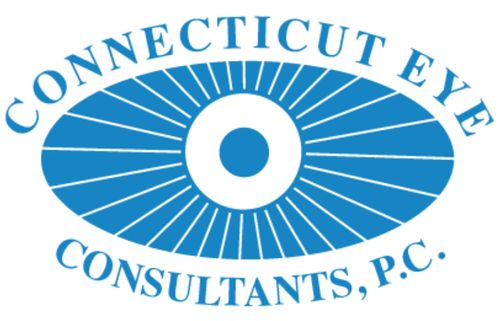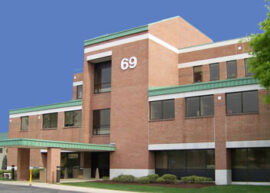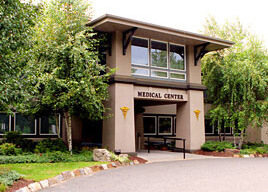Vision is the primary way that we experience the world around us. Good vision is key to how we learn, how we play, and even how we communicate. Your child’s doctor should examine the eyes at each well-child visit. The pediatrician will check them for problems, just as they examine their back, ears, breathing, and heart, to make sure that all’s well. If the doctor spots a health problem with your child’s eyes, such as a minor infection, they will treat it. If the problem is more serious, they will refer you to a medical eye specialist, or ophthalmologist. The pediatrician should also refer you to a specialist if there are any other signs of vision trouble or if your child has a strong family history of eye problems in childhood.
The vision system is not fully formed in babies and young children, and equal input from both eyes is necessary for the brain’s vision centers to develop normally. If a young child’s eyes cannot send clear images to the brain, his or her vision may become limited in ways that cannot be corrected later in life. But if problems are detected early, it is usually possible to treat them effectively.
Vision Screenings
Vision screenings are one of the tools that are used to make sure that kids are healthy and developing normally. Young children with vision problems often do not know that the way they see the world is not the way everyone sees it. Yet vision problems affect one in 20 preschoolers. They also affect one in four school-aged children. Without early detection and treatment, children’s vision problems can lead to permanent vision loss or learning difficulties. Often, loss of vision in one eye goes undetected until someone checks the vision.
Vision screening may be done by either photo screening or by vision charts and eye alignment tests. A photo screener will take a picture of the eye and analyze the light that is reflected back out of the eye from the camera flash (the red reflex). This can screen for large refractive errors of either hyperopia (far sightedness), myopia (nearsightedness), astigmatism (surface of the eye is shaped like a football), anisometropia (unequal focus between the two eyes), obstruction of the vision (cataract), or strabismus (misalignment of the eyes). All of these conditions can cause the brain not to use one eye resulting in loss of vision (amblyopia). Amblyopia is reversible if caught before the visual maturity at age 7-10 years. The earlier the risk factors are identified, the easier to treat and recover vision or prevent vision loss.
Only an eye doctor can diagnose and treat a vision problem, but screenings help find children who need a full eye exam.
Eye Safety
The world can be a dangerous place for young eyes. Accidents involving common household products cause 125,000 eye injuries each year. Every 13 minutes, an emergency room treats a sports-related eye injury. And, 43 percent of sports-related eye injuries happen to children ages 14 and younger. The good news is that ninety percent of these eye injures can be prevented through understanding of best safety practices and the use of proper eye protection. Sports eye guards come in a variety of shapes and sizes. Eye guards designed for use in racquet sports are now commonly used for basketball and soccer and in combination with helmets in football, hockey and baseball. The eye guards you choose should fit securely and comfortably, and allow the use of a helmet if necessary. In the event of an eye injury, it is very important not to rub or try to flush the eyes, as this can make the injury much worse. Holding or taping a foam cup over the eyes can prevent the child from touching or further injuring the eyes, and then the child should be taken immediately to your eye doctor or the emergency room. For more helpful tips about eye safety you can visit Prevent Blindness America.







